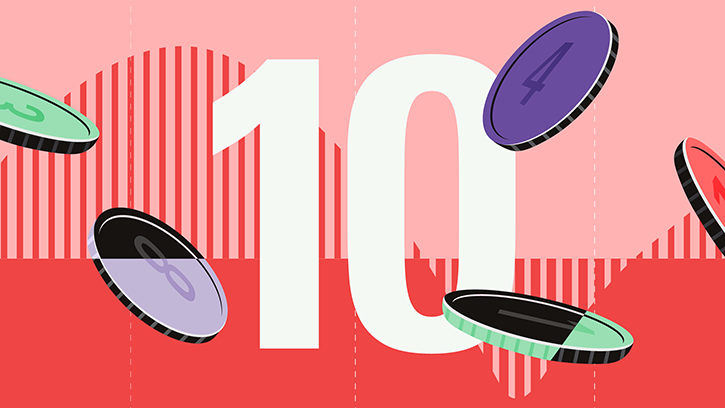
Fund selection has never been more important, particularly in sectors that investors perceive as being “safe”, according to BMO GAM’s multi-manager team.
The vast majority of asset classes made positive gains in 2017, as risk assets surged. But the team, which manages over £3 billion in assets including the Morningstar Bronze rated F&C MM Navigator Distribution, point out that the difference between the best and worst-performing funds in each sector is vast.
They also point out that many funds in Investment Association (IA) sectors that investors perceive to be safe asset classes, such as Targeted Absolute Return and Property, actually lost significant amounts of money last year.
Looking back on 2017, Scott Spencer, investment manager within the BMO GAM multi-manager team, notes that, while asset allocation was important to ensure you’re invested in the correct areas, fund selection was key to maximising returns.
Asia Pacific Excluding Japan was one of the best-performing sectors last year, with the average fund returning 25.3% according to Morningstar Direct data. It was a region the team were overweight, Spencer says. But that wasn’t enough.
It’s impossible to buy the average sector fund and, while two Asia Pacific funds saw healthy gains of over 50% in the calendar year, the worst performing, JOHCM Asia ex-Japan Small and Mid Cap gained just 8.4%.
Closer to home, UK funds were generally unloved by investors last year due to Brexit concerns. Investors withdrew billions of pounds from UK-focused funds during the year. But, although UK All Companies funds saw mediocre returns, 14 of them actually beat the average returns from the Asia Pacific Excluding Japan sector.
“We believe that getting the asset allocation call right is important, but that means squat if you don’t get the fund selection right,” Spencer explains. “Getting that call right is vital in terms of how to deliver consistent returns.”
Away from equity-focused sectors, bond funds suffer the same fate. Kelly Prior, who leads the team's fixed interest research, says that the biggest differences between best and worst-performing bond funds is in those sectors where the managers have more levers to pull. "It's no surprise to see this," Prior says. "You need to pick the right funds."
One of these has become more popular with UK investors over the past few months - the Sterling Strategic Bond sector. Here, the best fund, GAM Star Credit Opportunities, ended 2017 up 14.37%; the worst, City Financial Diversified Fixed Interest, was down 0.61%.
M&G Optimal Income, which pulled in the majority of fund flows into the sectors, was mid-table rising 5.77%.
Safe Asset Classes May Not Be So Safe
Another assertion Spencer makes on divergence of fund performance is that perceived safe sectors can end up losing investors significant sums should fund selection miss the mark.
Returns from funds in the Targeted Absolute Return category are not supposed to be stellar. The top performer in 2017, City Financial Absolute Equity, gained just 17.37%. However, they should be smart choices for cautious investors.
Funds in the sector aspire to make positive absolute returns for their holders in any market condition. Morningstar data shows the sector saw net inflows for every month between September 2014 and August 2017.
Funds’ positive return must, according to the IA’s sector definition, be gained over a clearly stated timeframe of no longer than three years.
While clearly one year is not, therefore, always a realistic period to judge such funds over, considering the scale of returns investors made over the last 12 months, it could reasonably be expected that these funds should also have appreciated in value.
However, that’s not necessarily the case. While the majority did deliver positive gains, some did not. The worst-performing of the lot, BlackRock Emerging Markets Absolute Alpha, in fact lost almost 10% in a year when emerging market equity was the best performing asset class.
“That’s a huge difference for any client that’s gone in and said I just want absolute returns – they could be up or they could be down,” Spencer cautions. “Huge flows have gone into [the sector] and, despite it being a good year for risk assets, some of these funds have actually lost money.”
Property is also perceived by investors to be a safe haven – especially in times where homeowners have seen astronomical growth in the values of their properties.
However, Spencer notes that the worst-performing property fund lost a quarter of its value over the course of 2017. “That’s a huge loss for anyone who’s decided to buy property because they regard it as a safe asset class.”
All in all, investors must be careful and do their research when searching for fund investments, whether they have a cautious midset or a higher risk tolerance.































